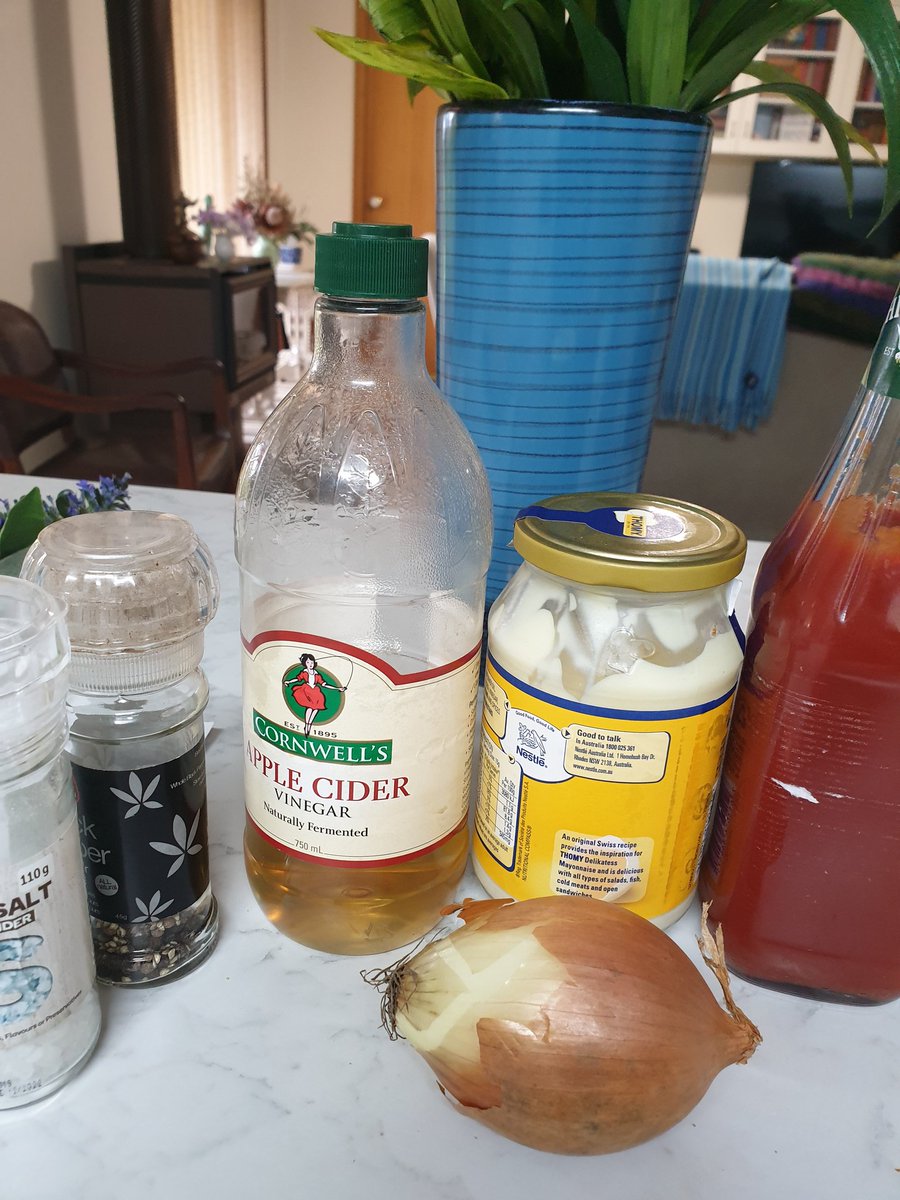
Good morning everyone! I've just been in an amazing panel about satellites and #Space4Women - I'll post the link to the video here or over at my regular account when it's up. #WSW2020
Today is pretty flat out - later on I'll be chairing a session at the Australasian Space Health Symposium as well as presenting a paper. Is the paper finished? What an interesting question which I will decline to answer at this time. #WSW2020
You can find more details about the Australasian Space Health Symposium here. I'm pretty sure it's not too late to register (it's free) adastravita.com/space-health-s… #WSW2020
This will be the first time I've chaired a virtual session so I'm a bit nervous I'll mess up the technology!
• • •
Missing some Tweet in this thread? You can try to
force a refresh








